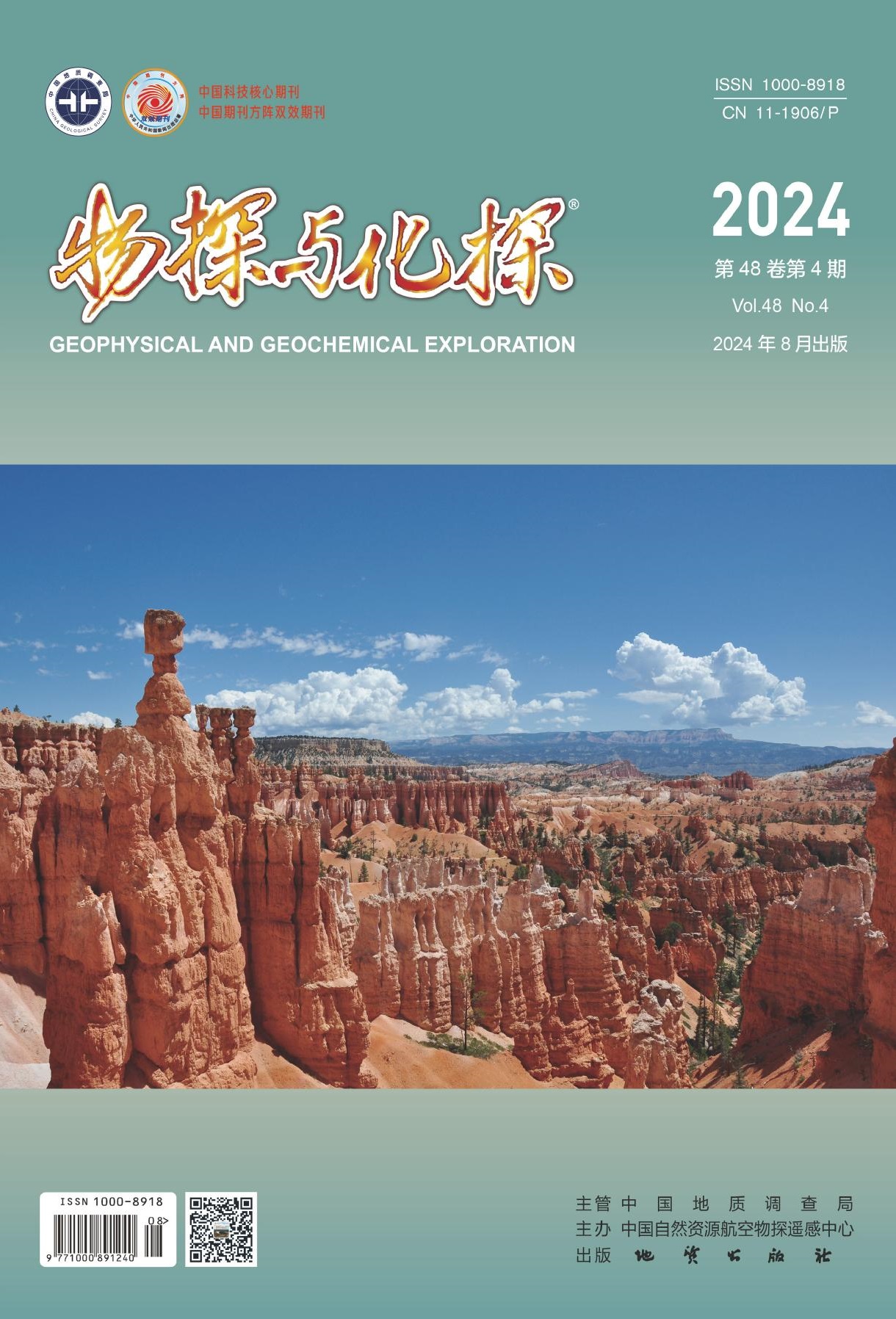DING Zhi-Jun, LUO Wei-Bin, LIAN Wei-Zhang, ZHANG Xing, HE Hai-Pin. 2023. One-dimensional inversion of induced polarization sounding data based on the differential evolution algorithm with two-step mutation. Geophysical and Geochemical Exploration, 47(4): 1033-1039. doi: 10.11720/wtyht.2023.0058
| Citation: |
DING Zhi-Jun, LUO Wei-Bin, LIAN Wei-Zhang, ZHANG Xing, HE Hai-Pin. 2023. One-dimensional inversion of induced polarization sounding data based on the differential evolution algorithm with two-step mutation. Geophysical and Geochemical Exploration, 47(4): 1033-1039. doi: 10.11720/wtyht.2023.0058
|
One-dimensional inversion of induced polarization sounding data based on the differential evolution algorithm with two-step mutation
-
1. Gansu Nonferrous Geological Survey Institute, Lanzhou 730000, China;
-
2. Lanzhou Resources and Environment Vocational and Technical University, College of Geology and Jewelry, Lanzhou 730021, China
More Information
-
Corresponding author:
LUO Wei-Bin
-
Abstract
The one-dimensional inversion of induced polarization (IP) sounding data involves multi-parameter nonlinear optimization. This study achieved the one-dimensional (1D) inversion of IP sounding data based on the improved global optimization algorithm of differential evolution (DE) with two-step mutation. The conventional DE algorithm includes mutation (single-step), crossover, and selection operations. The two-step mutation method proposed in this study can produce new individuals through the mutation of the optimal individual and two randomly selected individuals in steps, thus enhancing the influence of the optimal individual and the global optimization ability. The model test results show that the two-step mutation method has a higher optimization ability than the conventional method. Specifically, the polarizability parameters were loaded using the equivalent resistivity method, and the surface IP sounding resistivity curves of a layered model can be quickly calculated through forward modeling using the digital filtering algorithm. Based on this, the DE algorithm with two-step mutation was employed to produce new individuals through continuous mutation. Then, the resistivity obtained through forward modeling was fitted with the observed values, and the individuals whose fitness approached the maximum fitness were selected as the inversion results. The inversion method proposed in this study features simple operations and fast calculations. As verified through the calculations of H- and KH-type geoelectric models, the inversion method enjoys high fitting accuracy.
-

-
-
Access History







 DownLoad:
DownLoad: